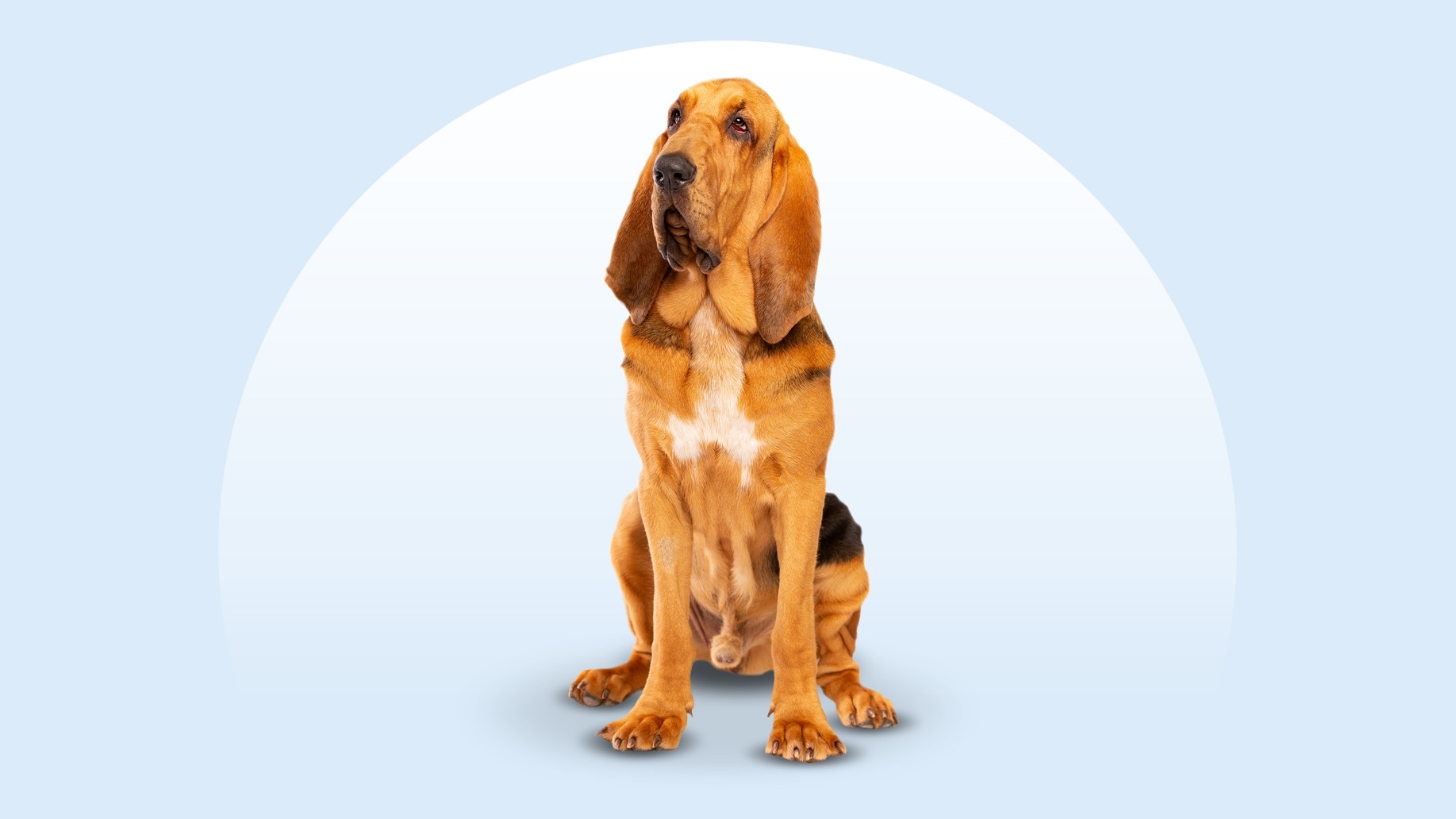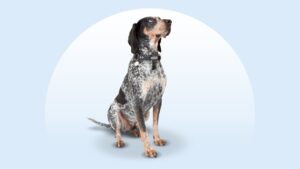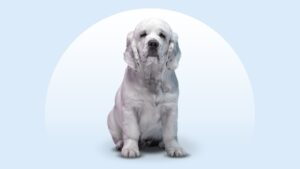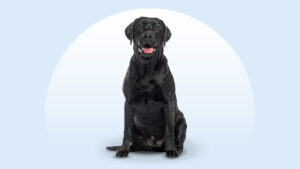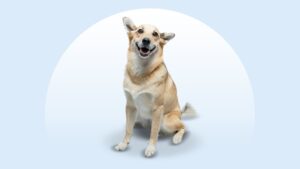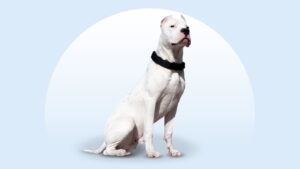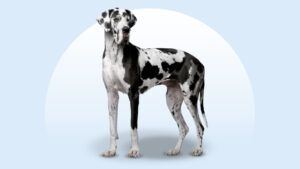Bloodhound
Updated August 7, 2025
Bloodhound
Updated August 7, 2025
Bloodhounds are more than just a superb nose. Silly and funny in their puppy years, they mature into energetic, determined adults who make great family dogs. And their active nature makes Bloodhounds ready for outdoor adventure.
Active, Kind, Spirited
80–110 pounds
23–27 inches
10–12 years
Black and Tan, Liver and Tan, Red
Dracula isn’t going to show up, don’t worry: It’s likely that the Bloodhound’s name stems not from anything to do with actual blood (or vampires, for that matter), but from the fact that they have a noble ancestry—that is, bloodline.
And if Dracula did show up, this dog would be on the case, pronto. Bloodhounds are star detectives who’ve worked with police to solve cases via their stellar sense of smell.
But beneath their nose-to-the-ground persona (they’re kind of like the TV cop who’s always going above and beyond), these canines are secret softies.
Bloodhound Characteristics
Bloodhound Appearance
Bloodhounds have a long face framed by two droopy, floppy ears. Combined with their sweet wrinkles, they’re adorably cute, but they will surprise you with their sportiness.
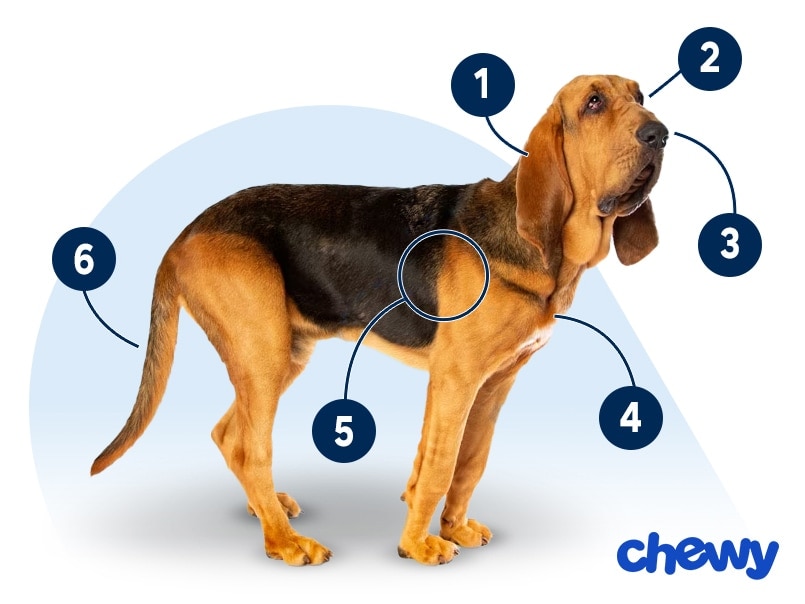
- Ears
A Bloodhound's ears are long and set low.
- Eyes
The Bloodhound breed has eyes that are deep-set, and their eye color varies from deep hazel to yellow.
- Nose
Their nose is rectangular in shape.
- Coat Length
The Bloodhound dog has a short coat.
- Coat Color
Bloodhound colors include red, black, and tan, and tan and liver (brown). Some lighter-colored hair may be interspersed on the coat.
- Tail
Their tails are long and tapered.
Bloodhound Temperament
People often describe Bloodhounds as “a nose with a dog attached,” but don’t let your canine’s stellar sense of smell become their whole personality.
A Bloodhound puppy is extremely silly and goofy until around age 2, though adult dogs keep that energetic, spirited personality (albeit slightly more reserved) their whole life. Bloodhounds are determined in everything they do, but they’re also remarkably laid-back dogs when it comes to enjoying life with the family.
They have a healthy amount of energy, so they need a pet parent who enjoys going on walks or hikes, and they’d also love to have a fenced backyard where they can explore on their own and play games of fetch.
Though their nose is their superpower, it can also get them into trouble. Bloodhounds will gleefully zoom off if they smell something interesting, so always make sure they’re in an enclosed area or on a secure leash.
Bloodhounds tend to be friendly and kind with their people, though they may be more reserved around strangers at first. They’re usually happy to share the spotlight with other four-legged family members, provided everyone is well-socialized.
How to Care for a Bloodhound
No high-maintenance haircuts here, but you will need to keep a Bloodhound’s loose skin and facial wrinkles clean and dry. You’ll also spend a good deal of time training and exercising—but consider it bonding time.
Grooming
Training
Diet
Exercise
Environment
Bloodhound Health
The average Bloodhound lifespan is 10–12 years. Here are some health issues to be aware of.
- Bloat and gastric dilatation-volvulus (GDV): Bloat is when the stomach gets distended with air and/or food. Sometimes, the stomach twists on itself, cutting off blood supply to the organs. This is called gastric dilatation-volvulus, and symptoms include abdominal distension, restlessness, and dry heaving. If you notice these signs, go to the vet immediately.
- Bowel obstruction: Bloodhounds have a big appetite and aren’t picky about what they eat. But that means things can get stuck in their digestive tract, leading to bowel obstruction. If your pup ate something they’re not supposed to and are showing symptoms like vomiting, it’s time to head to the vet.
- Elbow and hip dysplasia: Elbow and hip dysplasia are genetic conditions that develop when joints don’t align well and become looser than normal. Signs include limping, and treatment might involve weight loss, reduced activity, joint supplements, physical therapy, or (in severe cases) surgery.
- Skin infections: A Bloodhound’s charming face folds can trap bits of food, saliva, dirt, and moisture. Bacteria and yeast can multiply there, leading to skin infections. Keep your dog’s skin healthy by cleaning their wrinkles every day with a drying wipe, like MalAcetic Wet Wipes. Monitor for signs of infection, like itchiness, bumps, scabs, irritation, redness, or swollen skin.
Bloodhound History
In medieval Europe, these working dogs were used for hunting, and they were bred and treated with respect on the grounds of medieval French monasteries. Originally called “blooded hounds,” the name stems from their noble bloodlines, according to the American Bloodhound Club. Later, their name evolved into Bloodhounds.
By the 1800s, English police sought out these pups for their sniffing powers to hunt and track criminals. Law enforcement around the world took notice, and today a Bloodhound’s trailing results are acceptable in almost any court of law.
The American Kennel Club recognized the Bloodhound in 1885. Bloodhound puppies typically cost between $600–$1,200. If you choose this route, pick a responsible breeder.
You can also adopt a Bloodhound. Reach out to a Bloodhound rescue, like West Coast Bloodhound Rescue, look for the breed at your local shelter, or search Chewy’s database of adoptable dogs in your area.
